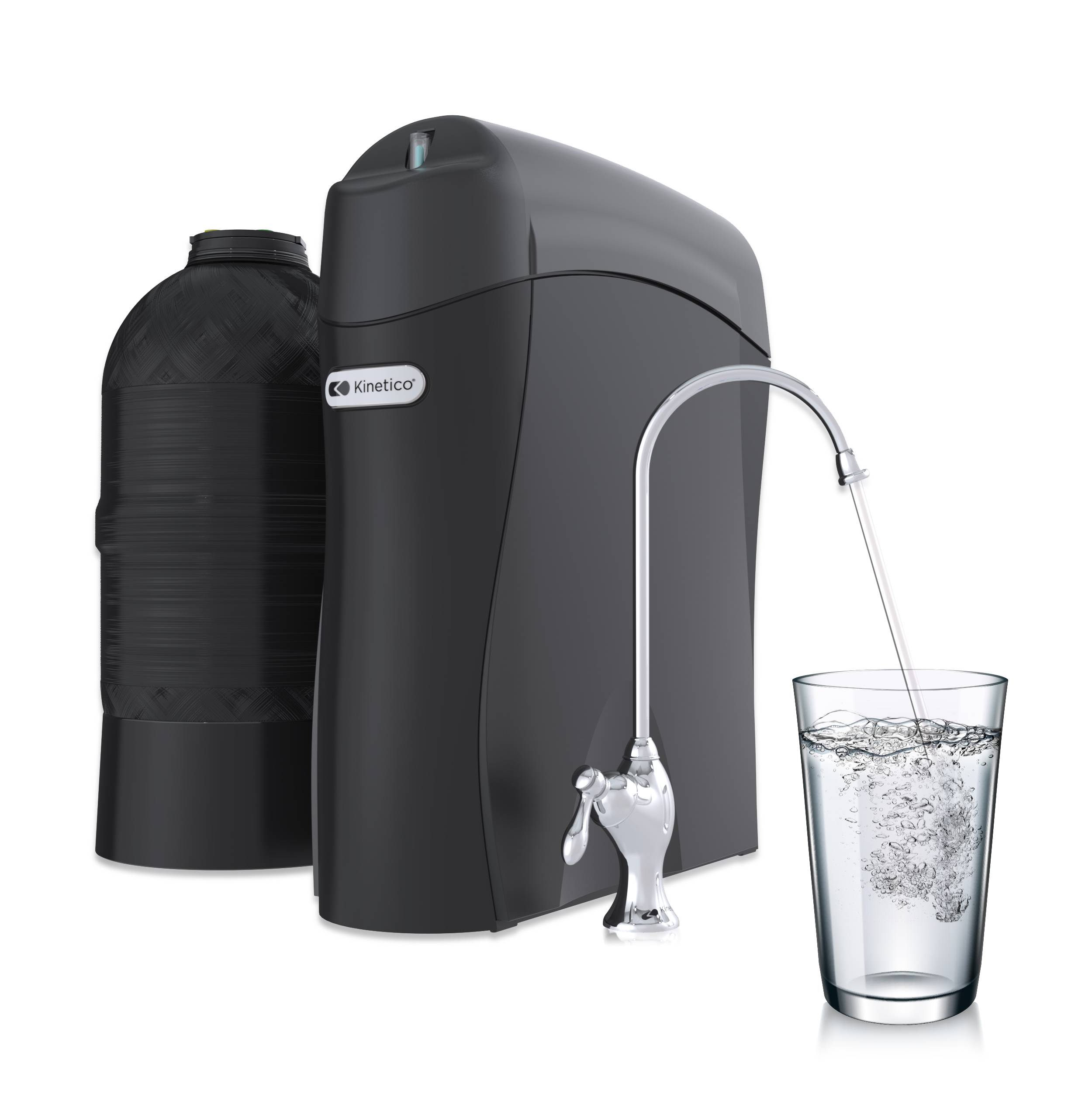If you read the title and started humming the song, then you are probably at least as old as I am. If you don’t know what I am talking about, then you will have to wait till the end of this blog post to find out. Chemically speaking, the term “carbonation” is somewhat misleading in that it implies conversion to carbonate or the addition of carbonate to a solution. Most carbonate compounds are not very soluble. That is to say that they don’t go into solution very well. But we won’t get hung up on that because when most of us hear the term we think “fizzy.” The generally accepted definition of carbonation is the process of dissolving carbon dioxide (CO2) into a solution.
Carbon dioxide is a gas. It can be generated through a chemical reaction such as acidifying a carbonate compound (the volcano experiment with baking soda and vinegar). It can be the result of microbial action (fermentation), or it can be directly injected into a solution. So just what happens when we carbonate something? Well, a lot of things actually. But before we talk about what is going on, we have to ask the question, why do we carbonate beverages? Without getting too biological, it basically tickles our taste buds. The bubbles themselves and some of the compounds generated in the process stimulate our taste receptors. Dissolved gases are also an effective way of transferring certain flavor compounds in beverages.
When CO2 is dissolved in water a series of chemical reactions can take place. Initially CO2 forms carbonic acid (which can stimulate the sour taste receptors).
H2O + CO2 ↔ H2CO3 (carbonic acid)
The carbonic acid can then disassociate into a hydrogen ion and bicarbonate (often referred to as alkalinity).
H2CO3 ↔ H+ + HCO3– (bicarbonate)
This whole series of reactions is often referred to as the bicarbonate buffering system, and it is an important system for all living things (but that is another lesson).
By now you are probably wondering what that double arrow (↔) means. It is a chemist’s way of depicting an equilibrium reaction. Basically this is showing that the reaction can go in either direction depending on which compounds are there in the highest concentration. Which one will predominate is dependent entirely upon pH (see my “What is pH” blog post). At low pH there will be more carbonic acid present, at higher pH the bicarbonate concentration will be the greatest. The more CO2 we pump into a solution, the more carbonic acid we form which subsequently reduces the amount of alkalinity. This is why most carbonated beverages are slightly acidic. So that’s the chemistry of it, but what most people want to know is what makes the solution “fizz” when I open the bottle?
The answer to this lies in one of the Ideal Gas Laws, specifically “Henry’s Law.” Henry’s Law basically concerns the effect of pressure on the solubility of a gas in a solution. You can find a lot of information on this elsewhere. When beverages are carbonated, they are subjected to infusion with a high pressure stream of CO2 gas. This has the effect of forcing the CO2 into solution (gasses don’t like to stay in solution). As long as the pressure is maintained, the CO2 will stay in solution. When we open the bottle, we relieve the pressure and the CO2 will come out of solution in the form of tiny bubbles.
“Tiny Bubbles” is the signature song of Don Ho, a Hawaiian born singer and former USAF pilot. It was released in 1966 and it is one of those songs that after you heard it, you just can’t get it out of your head.



